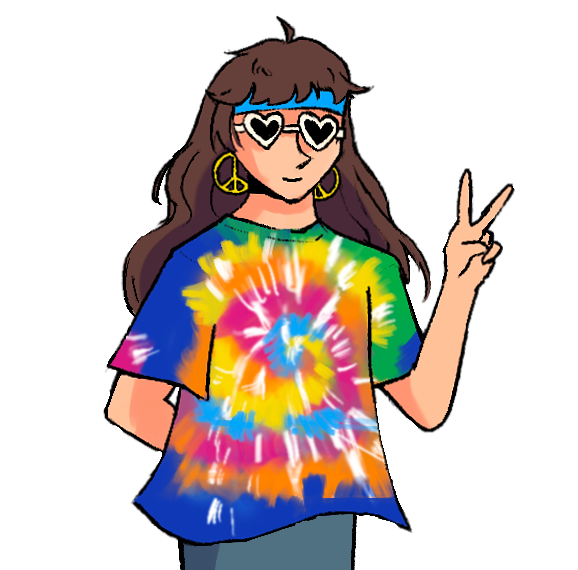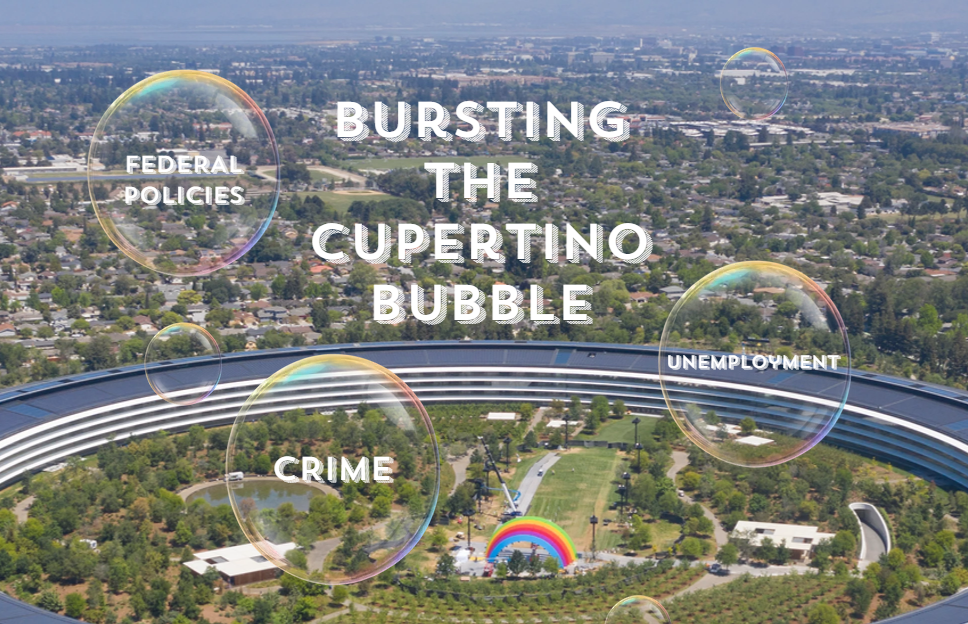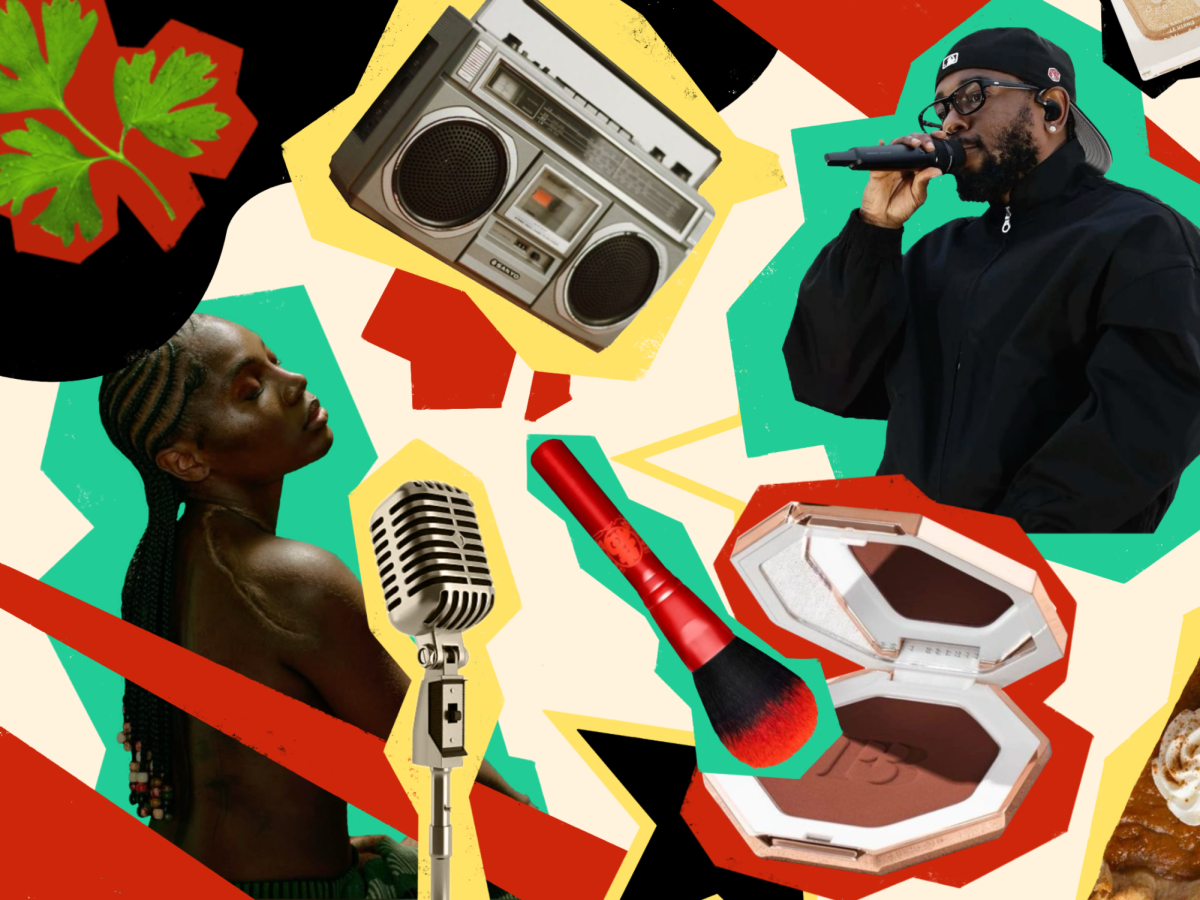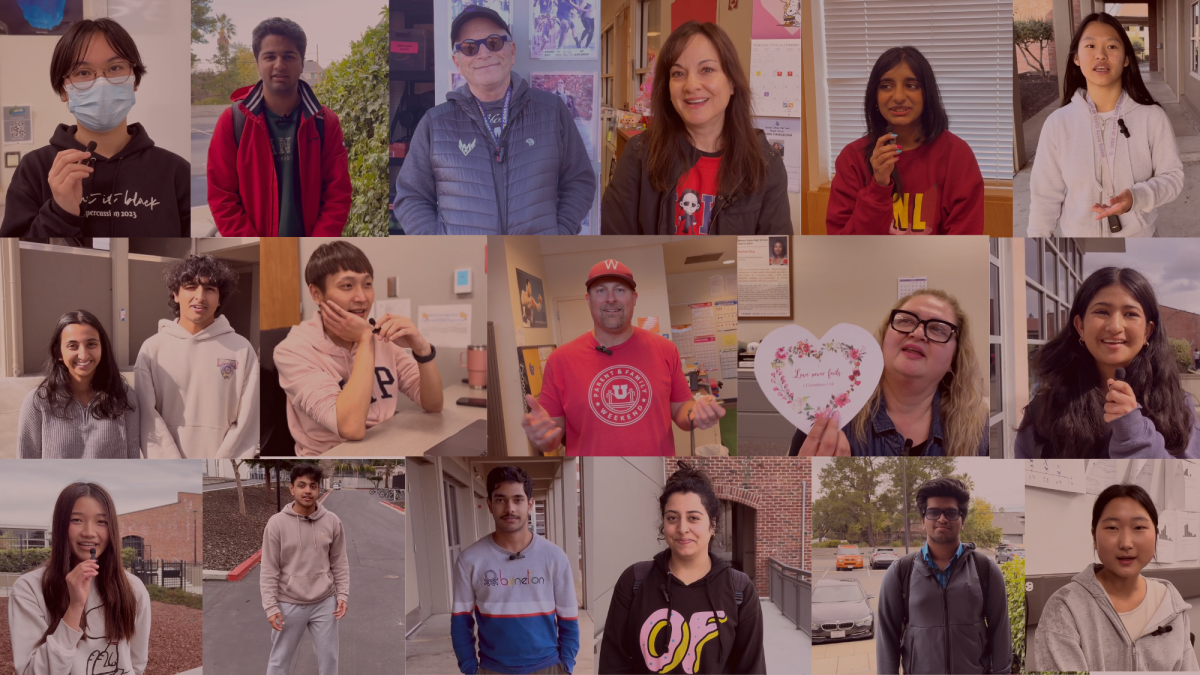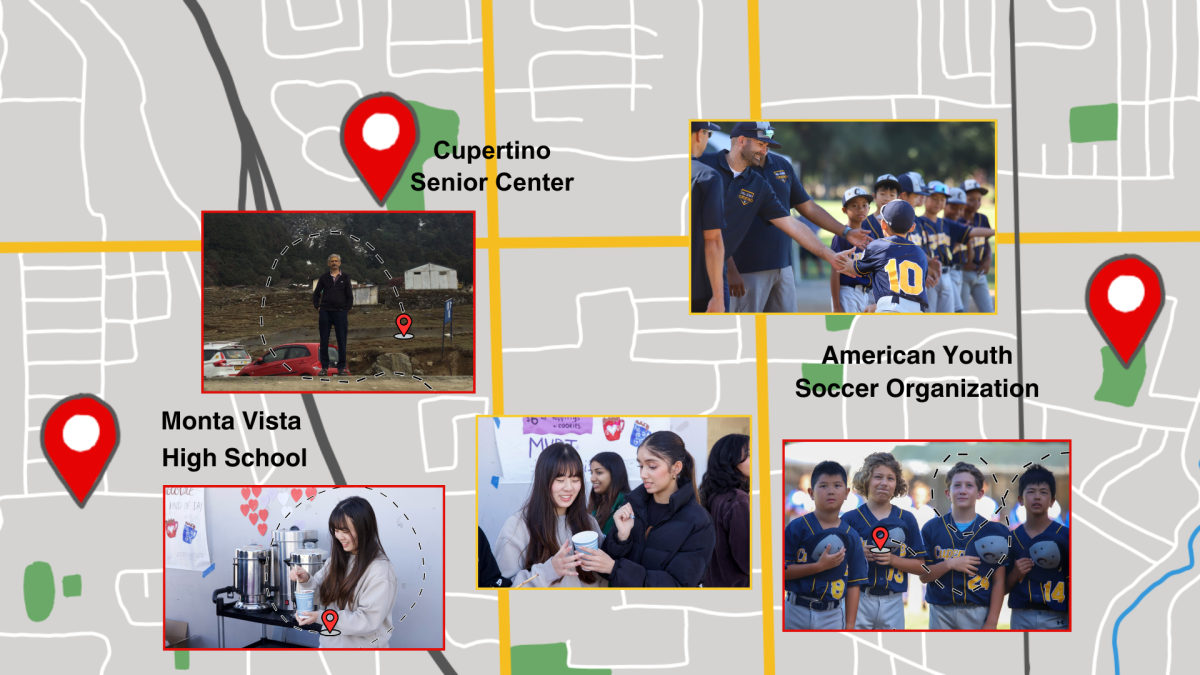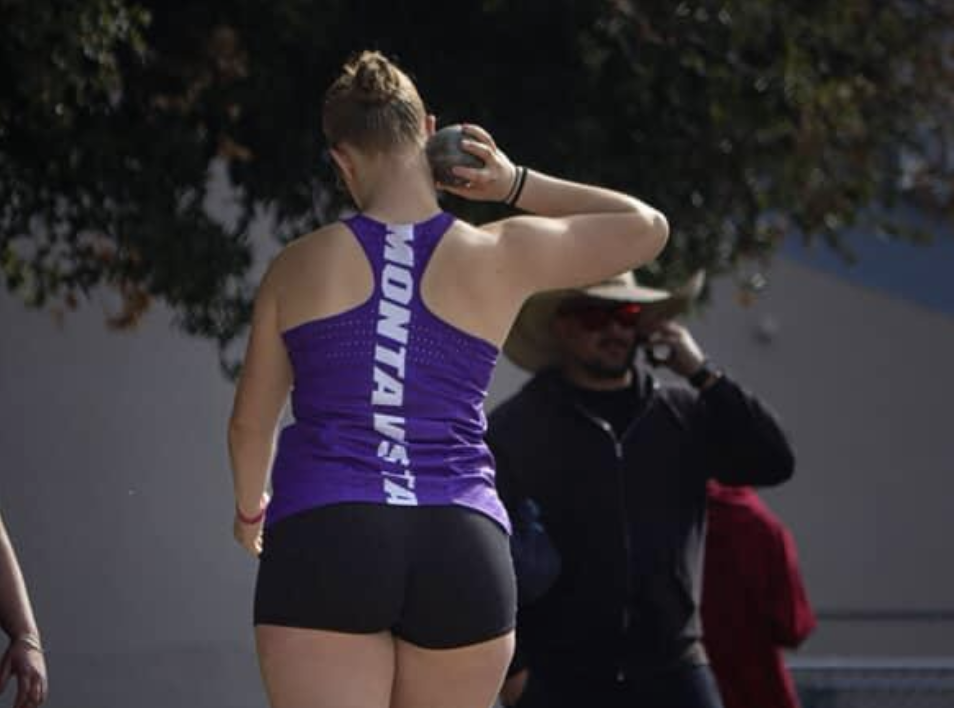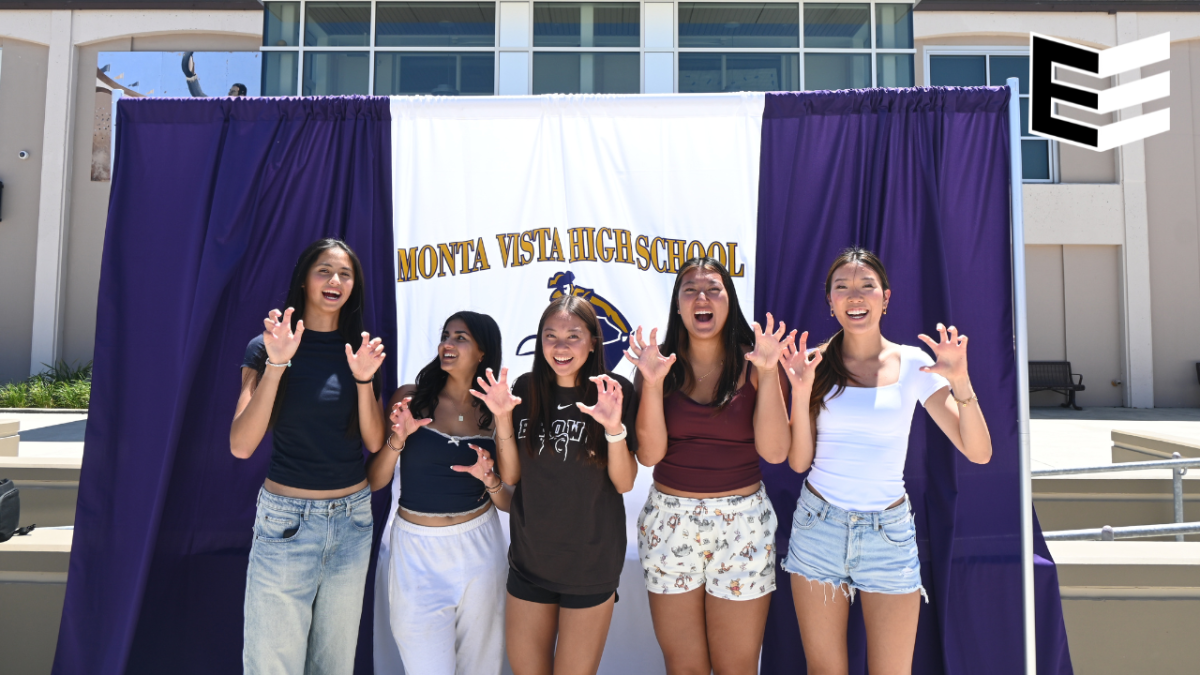Tie-dye revival
Delving into the resurgence of hippie fashion in the MVHS community
December 12, 2021
Leather boots. Tie-dye shirts. Halter tops and flare jeans. All these articles of clothing trace their popularity back to the fashion era of the 1960s and continue to leave their mark on pop culture today. The hippie movement of the 1960s that was born out of opposition to the Vietnam War bled into fashion choices, and icons like Jimi Hendrix and The Beatles further popularized these trends.
This era of clothing has had a small resurgence within popular culture, with MVHS students adopting flare jeans and leather boots into their wardrobes. Almost 60 years after the hippie movement, junior Kailey Daugherty finds an alternate quality to the movements presentation, and her ventures into niche clothing often lead her to this type of fashion.
“Honestly, I think since [the hippie movement is] so bold and colorful, it makes it really fun,” Daugherty said. “That’s why it’s super inviting for a lot of people, and I like to be experimental with my fashion. So if I ever see something and I’m like, ‘Oh, yeah, that can look good,’ then I will try it, and a lot of the time it is ‘60s fashion.”
For art teacher Jodi Johnson, the hippie movement represented an opposition to cultural norms, especially within the roles of men and women and family structures. This form of opposition came to a visual platform in the form of how free and expressive the clothing was — a sharp contrast to the formality of the ‘50s fashion.
“I think a lot of the hippie movement [was] people trying to express themselves and trying to break away from that really rigid [family structure],” Johnson said. “The ‘50s were [characterized by] all the housewives [being] dressed [formally] all the time. I think the hippie revolution [was] really trying to break away from that and [used] bright colors and free flowing and those things. There’s much less [rigidness] in the way people dress now.”
Sophomore Madison Polidoro also says the era of counterculture in the 1960s is what made the hippie movement’s colorful and earthy presentation appealing. She uses “unique” and “original” to note that the modern world’s accessibility to a wide variety of fashionable selections helps people look back into the past for the best way to express their values. However, Polidoro also states that the current era of fashion isn’t counterculture like the 1960s — rather, she finds the modern-day interpretation of hippie fashion to be more of a search for originality and vibrance than a message-backed statement.
“I feel like it’s nice to have something that you feel confident in,” Polidoro said, “All black [clothing] is really nice [to wear] sometimes, but having something vibrant makes it more fun to wear, and so I feel like people still are into [hippie fashion] because it’s fun. It’s like dressing up in a costume. It was like a symbol of hope and optimism and positivity, [and] I feel like people still need that. The world hasn’t gotten a lot better since that movement — people still want something like that to brighten their wardrobes.”
Colorful headbands, large earrings, thigh-high boots and free-flowing dresses are a few iconic ‘60s accessories that pique Daugherty’s interests. She attributes another aspect of its appealing presentation to the high amounts of contrast between colorful clothing with natural tones.
“I think if you were to ask a lot of people, they would say that hippie culture is pretty bold and colorful, but it definitely does have a lot to do with earthy tones,” Daugherty said. “I didn’t even really consider it until now, but there are a lot of things that have the same type of style as things that could be bolder, but they would use earthy tones and I think that those really add on to it.”


